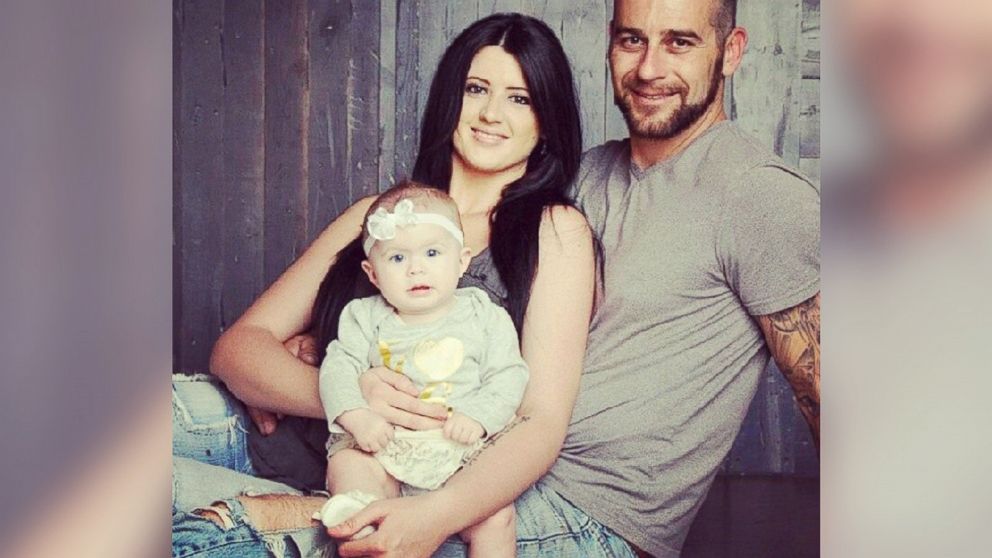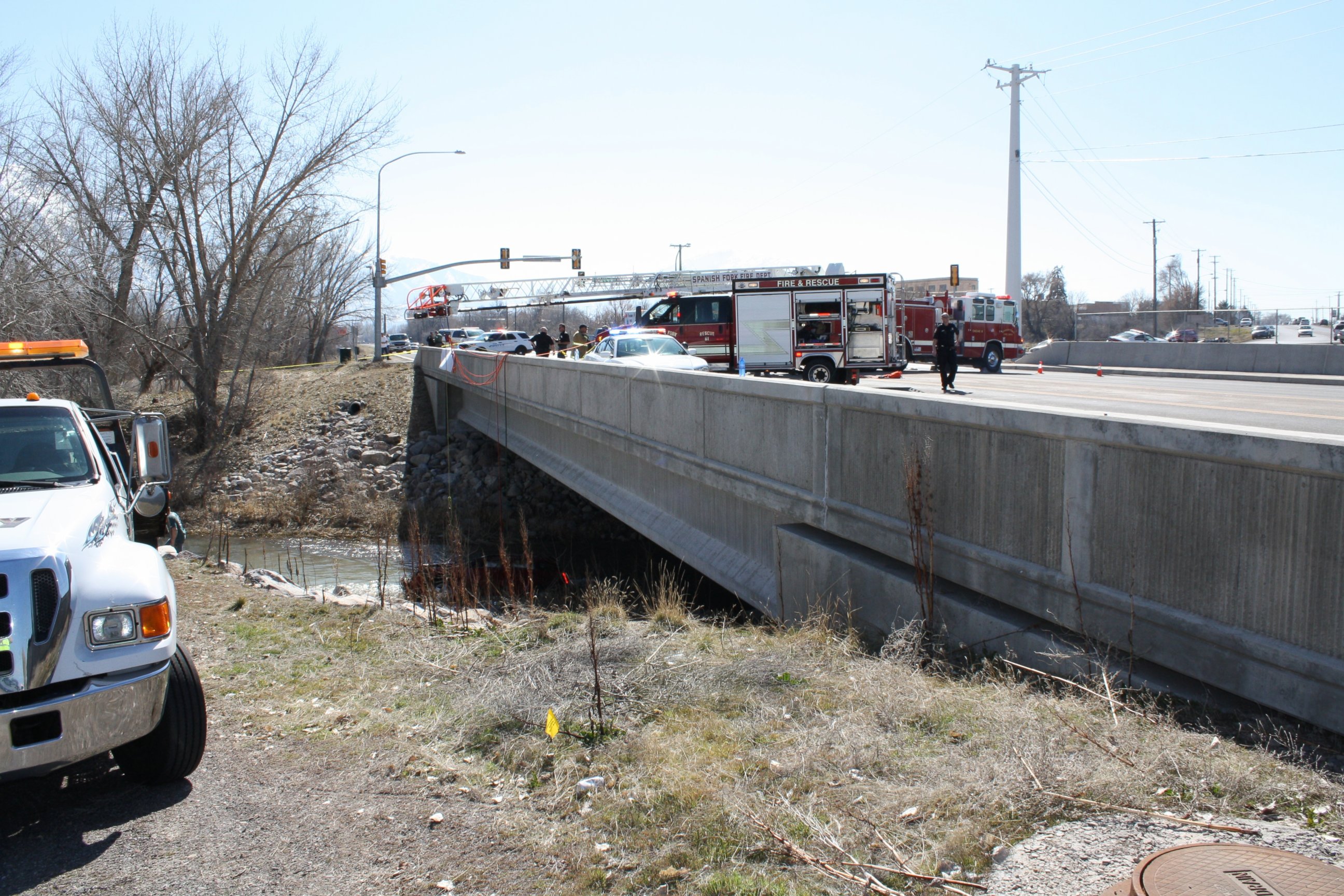How Toddler Survived 14 Hours in Submerged Car
An 18-month-old spent 14 hours upside-down in a submerged car and lived.

— -- When a 911 caller spotted the overturned car partially submerged in the water, only one of the passenger's hands was visible.
"Do they appear to be moving at all?" the dispatcher asked.
"No, they don't."
A young Utah mother died after an accident sent her car into a river upside-down over the weekend with her 18-month-old daughter in a car seat. Lynn Jennifer Groesbeck, 25, did not survive, but her daughter, Lily, is now in stable condition, the Spanish Fork City Police Department told ABC News.
After spending almost 14 hours suspended upside-down in the overturned car in freezing temperatures with frigid water inches from her head, Lily survived in fleece pants and a sweatshirt because she had several factors on her side, experts told ABC News.

First, the little girl's youth made her less vulnerable because she hasn't had time to damage her organs by smoking, drinking or consuming a high fat diet, which could lessen their ability to withstand trauma from the crash, said Dr. Oscar Guillamondegui, trauma director at Vanderbilt University Medical Center in Nashville, Tennessee.
"Children are more resilient than adults," Guillamondegui said, adding that he has not treated Lily. "They don't have the comorbidities of adults."
In the cold, her body likely prioritized blood flow to her heart, brain and other crucial organs, said Dr. Haitham Haddad, interim division chief of pediatric emergency medicine at University Hospitals Rainbow Babies & Children’s Hospital in Cleveland, Ohio. Haddad did not treat Lily.
Second, although the cold could have led Lily's organs to fail from hypothermia, it also likely put her body into a state of suspended animation, Guillamondegui said, likening it to hibernation. The cold slows the body down, enabling it to withstand the trauma, including potential hypothermia, he said.
Doctors intentionally cool heart attack and bypass patients as part of standard of care to make their chances of survival greater, he said.
"It's a really cool process," he said. "We see it every once in a while."
And, finally, he guessed the accident didn't cause any major bleeding for Lily. If it had, the cold would have made it worse and could have killed her. "Because certain aspects of your blood don't work well when it's cold," Guillamondegui said.
Overall, he said, it was important to remember that trauma is the number one cause of death for people younger than 45, and that a child's car seat is the safest place to be during an accident.




